When it comes to a child’s growth and development, the health of the spine plays a critical role. One of the most common concerns among parents is scoliosis, a condition in which the spine curves sideways, often becoming more noticeable as the child grows. In mild cases, scoliosis may not cause serious issues, but in moderate or severe cases, it can affect posture, balance, and even lung or heart function if not treated in time.
One of the primary treatment options recommended for children with scoliosis is bracing. Understandably, many parents have questions such as: Do braces really work? Will they permanently straighten my child’s spine? Is it worth the effort? Let’s explore these questions in detail.
Understanding Scoliosis in Children
Scoliosis often becomes noticeable during growth spurts, usually between the ages of 10 and 15. The exact cause is not always known, but it can sometimes be linked to congenital spinal issues, neuromuscular conditions, or family history. Parents may notice:
- Uneven shoulders or hips
- A visible curve in the back
- One side of the chest or ribs sticking out more than the other
- A tendency for the child to lean to one side
- Back fatigue after standing or walking for long periods
Early detection is very important. The earlier scoliosis is identified, the more effective bracing and non-surgical management can be.
What Exactly Are Spinal Braces?
A spinal brace is a specially designed medical device that fits around the torso to keep the spine in a straighter position. While braces do not usually “cure” scoliosis or make the spine perfectly straight, they are highly effective at slowing down or stopping the curve from worsening as a child grows.
There are different types of braces depending on the severity and location of the curve:
- Thoracolumbosacral Orthosis (TLSO): The most common type, worn under clothing and covering the torso.
- Milwaukee Brace: Extends from the pelvis to the neck, used for higher spinal curves.
- Nighttime Braces: Worn only while sleeping, suitable for specific types of curves.
Doctors recommend the type of brace based on the degree and location of the curvature.
How Do Braces Work?
Braces work by applying constant, gentle pressure on the spine and surrounding muscles. This pressure guides the spine into a more controlled alignment while still allowing the child to grow naturally. The main goals of bracing are:
- To prevent the curve from getting worse during growth spurts
- To reduce the need for surgery later in life
- To help children maintain good posture and balance
For braces to be effective, children usually need to wear them for 18 to 23 hours daily until growth is complete. The longer and more consistently the brace is worn, the better the results.
How Effective Are Braces in Correcting Spine Curves?
Numerous studies have shown that braces are very effective when:
- The child is still growing and bones are not fully matured
- The curve is moderate (typically between 20–40 degrees)
- The child wears the brace as recommended by the doctor
In fact, research shows that bracing can reduce the risk of curve progression by up to 70 percent, making it one of the most reliable non-surgical treatments for scoliosis.
Challenges and Concerns with Bracing
While braces are effective, parents and children may face certain challenges, such as:
- Discomfort and Adjustment: At first, braces may feel tight or restrictive, but children usually adapt with time.
- Emotional Concerns: Some children may feel self-conscious about wearing a brace, especially in social settings.
- Compliance: The biggest factor that determines success is whether the child wears the brace consistently for the prescribed hours.
Parental support, counseling, and reassurance are crucial in helping children stay motivated. Over time, many children adapt so well that the brace becomes part of their daily routine.
Role of Physiotherapy Alongside Bracing
Bracing alone is often not enough. Physiotherapy is usually recommended as part of the treatment plan. Exercises help to:
- Strengthen the core and back muscles
- Improve flexibility and posture
- Make the brace more comfortable to wear
- Enhance overall physical confidence
A combination of bracing and physiotherapy ensures the best long-term outcomes.
Conclusion
Braces are one of the most effective, non-surgical solutions for managing scoliosis in children. While they may not completely straighten the spine, they play a critical role in preventing the curve from worsening and protecting a child’s long-term health. With consistent use, medical guidance, and supportive physiotherapy, braces give children the chance to grow normally, stay active, and live confidently.
For expert evaluation, scoliosis treatment, and physiotherapy guidance, consult Dr. Nargesh Agrawal, Pediatric Orthopedic Specialist at Child OrthoCare.
Address: C-7, Ground Floor, D- Park, Model Town -3, New Delhi 110009
Mobile: +91 88517 77145
Website: www.childorthocare.online






